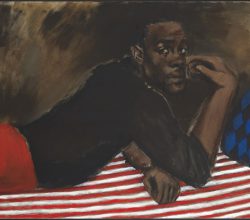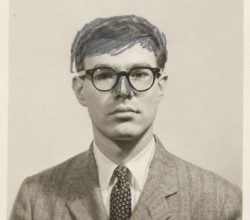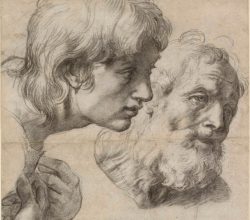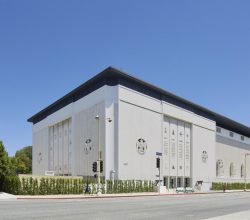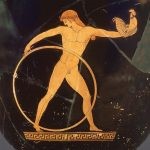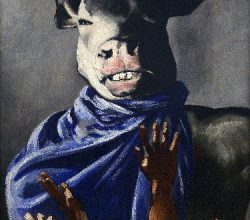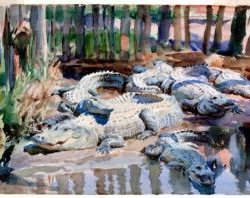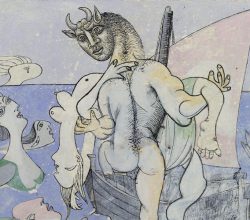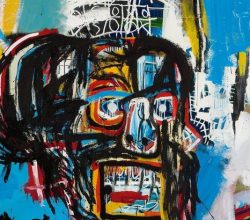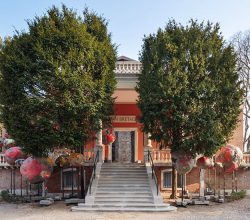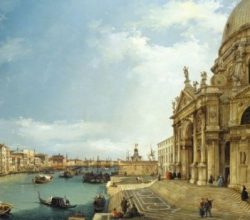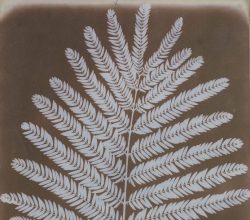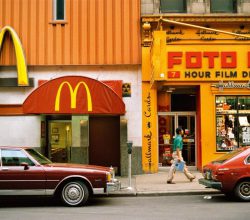
Easel Essay: Colour is Meaning
Morgan Meis | The-Easel | 30th May 2017
Acclaimed photographer William Eggleston has a “vernacular” style and “mundane” subject matter – not the hallmarks of great photography. Why then is he so special? A big part of the answer, says Morgan Meis, is the way Eggleston uses colour to communicate meaning. “It’s the dress. The green dress pulls the picture from the realm of cliché into something much harder to define. A natural green, tattered dress is what we might expect of a ‘documentary style’ photograph … Instead, Eggleston captured the dress of someone going to a party. It is the green of someone showing off. This study in green is therefore a study of a color at war with itself. Green is the color of nature here. But it is also the color of anti-nature. Green is a rural color. But it’s also the color of artifice, a link to the urbanity that hovers, unexpectedly, just outside the frame of this photograph.”

